Electric Vehicles are rapidly capturing the automotive sphere. As a part of greener mobility revolution, it is apparent that the types of batteries used in electric cars electric vehicles are controversial topic to discuss. Let us know what kind of batteries are used in electric cars.
There are 4 main types of electric vehicle batteries:
- Lithium-Ion (Li-On)
- Nickel-Metal Hybrid (NiMH)
- Aluminum–Ion (AI-Ion)
- Ultracapacitors
Lithium-Ion Battery (Li-On)
A Lithium-ion battery is used in electric vehicles. For your information lithium-ion (Li-ion) batteries contain no lithium metal, they contain ions. For those wondering what an ion is, an atom or a molecule that has gained or lost one or more of its parts (electrons) and so has a positive or negative electric charge. They also have a high power-to-weight ratio, high energy efficiency, good high-temperature performance, and low self-discharge. Most components of lithium-ion batteries can be recycled, but the cost of material recovery remains a challenge for the industry.
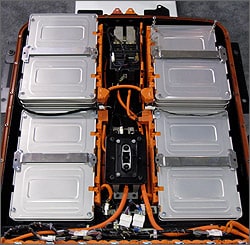
Nickel-Metal Hybrid Battery(NiMH)
Nickel–metal hydride (NiMH) batteries have a high metal content, mainly nickel associated with the positive electrode and also with the negative–hydrogen storage electrode However, the major challenges with NiMH batteries are their high self-discharge rate and heat generation at high temperatures.

Aluminum–Ion (AI-Ion)
Aluminum-ion battery cells from the Brisbane-based Graphene Manufacturing Group (GMG) are claimed to charge up to 60 times faster than the best lithium-ion cells and hold three time the energy of the best aluminum-based cells.
They are also safer, with no upper Ampere limit to cause spontaneous overheating, more sustainable and easier to recycle, thanks to their stable base materials. Testing also shows the coin-cell validation batteries also last three times longer than lithium-ion versions.
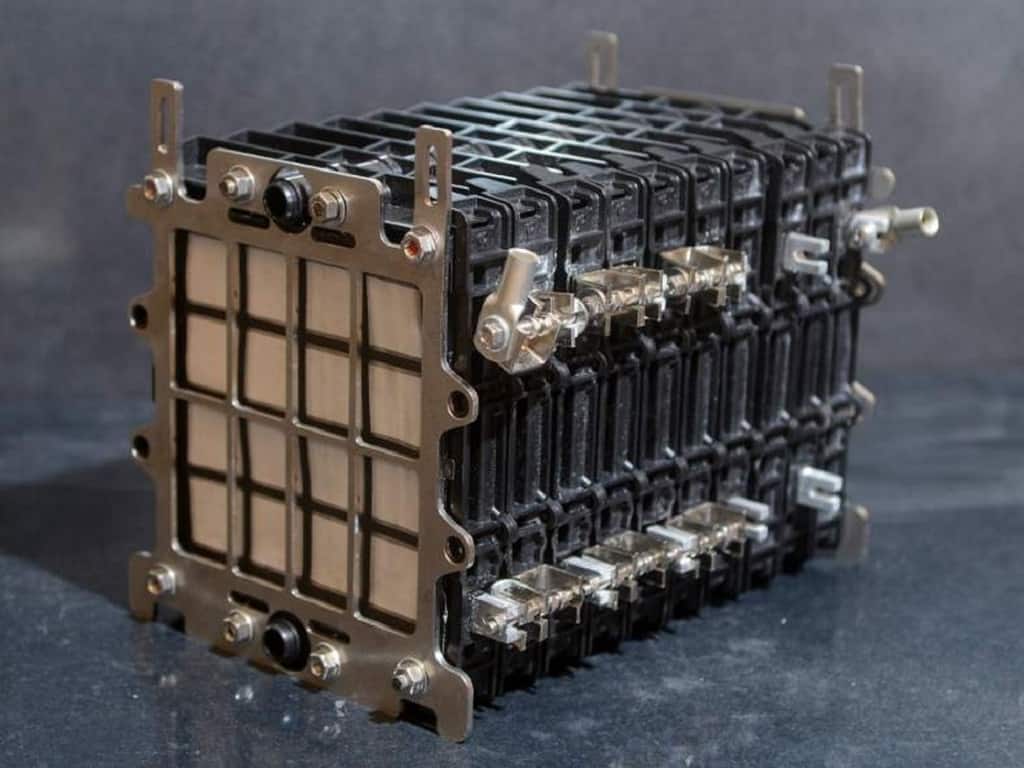
Ultracapacitors
Ultracapacitors have a wide operating temperature range from -40 to +65°C. This results in maximum power performance even in cold climate conditions.
Ultracapacitors don’t age due to energy throughput or high charging rates, as they store the energy in an electrostatic field, and not in an electrochemical reaction like batteries. This is how ultracapacitors provide the solution – they can be charged and discharged in seconds, and they are capable of more than a million charge-discharge cycles, which means a typical passenger car has been recycled and born again as a something else far earlier than an ultracapacitor loses its efficiency.
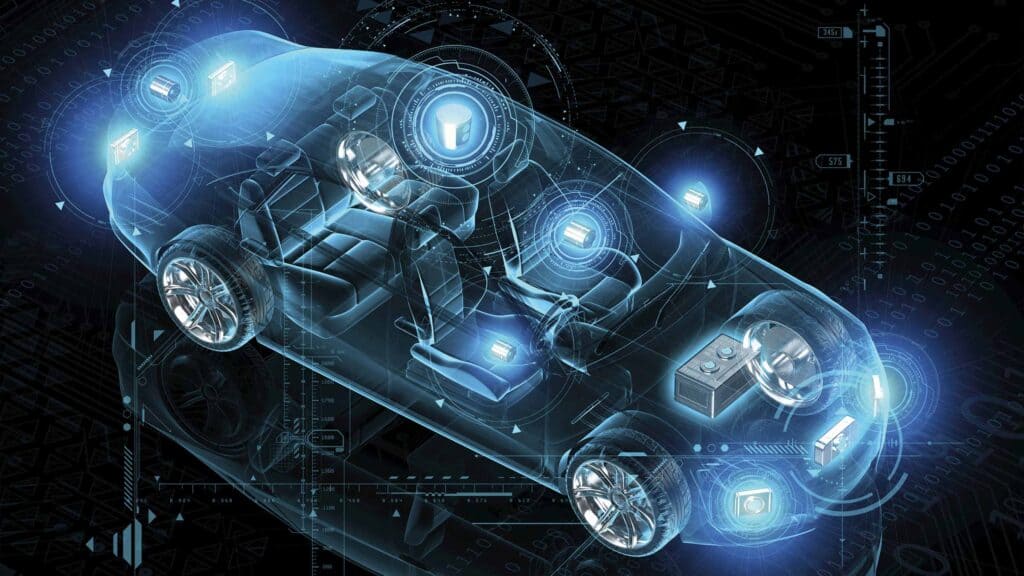

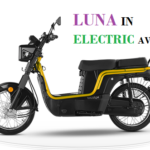

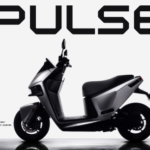
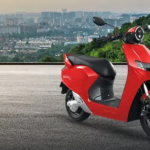



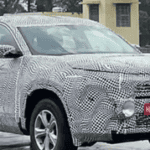
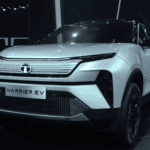

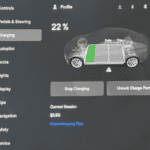



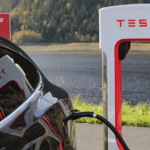


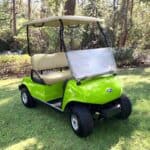

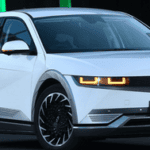




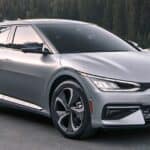

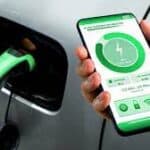
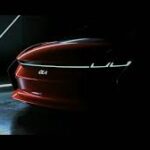

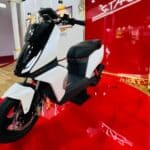

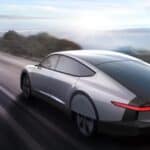
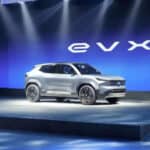
8 thoughts on “Let us know what kind of batteries are used in electric cars”